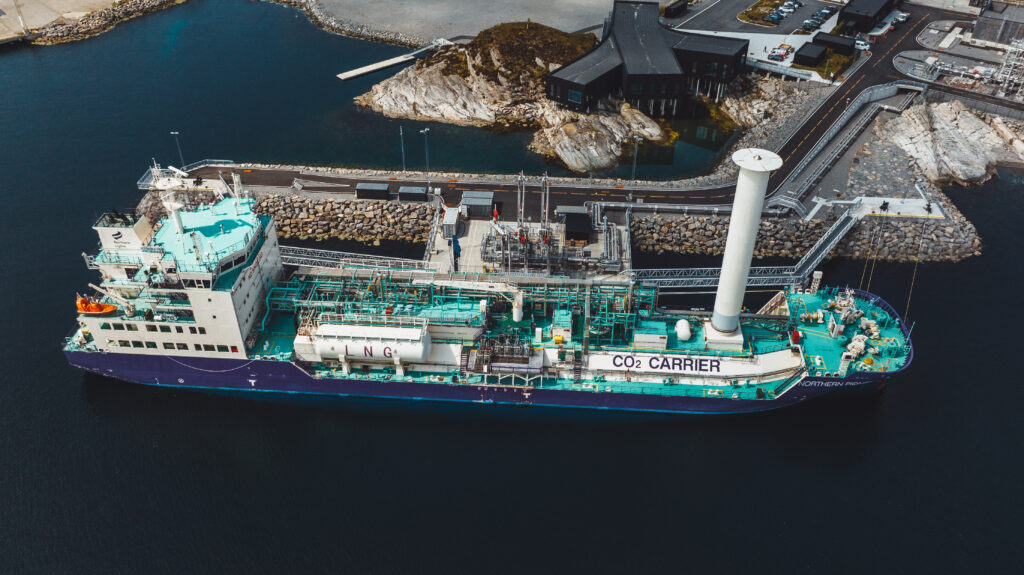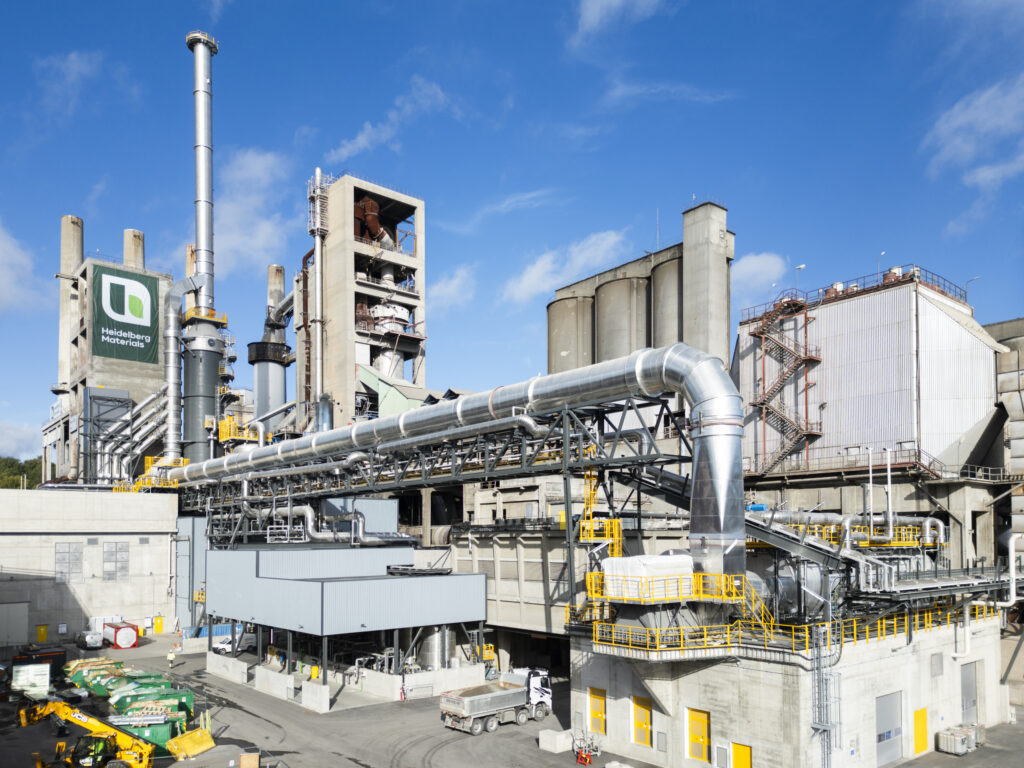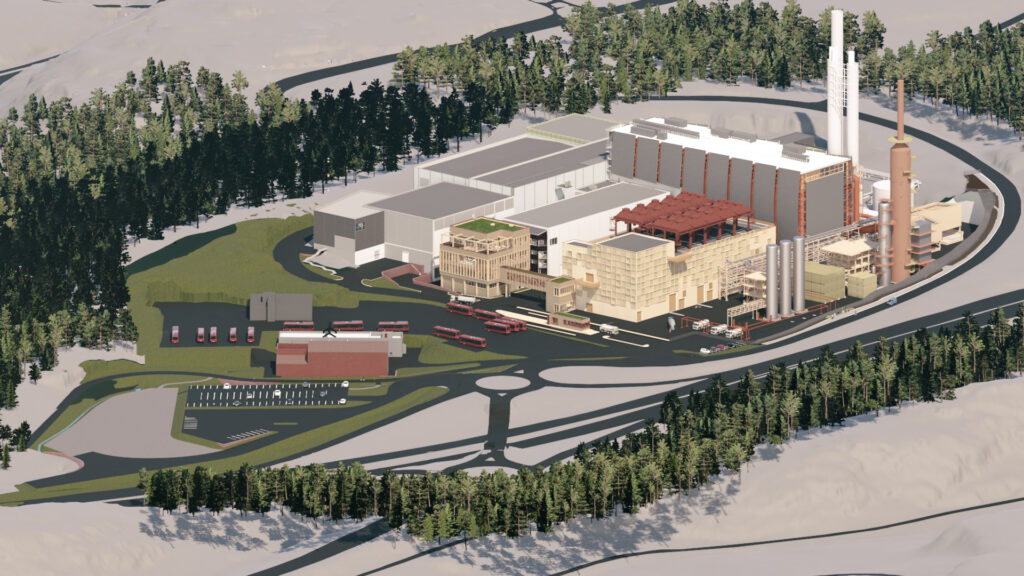The CCS chain
The government has given grants to Heidelberg Materials’ Brevik CCS project and Hafslund Celsios (Oslo CCS) CO2 capture project.
Captured CO2 from Heidelberg Materials, Brevik CCS, and Hafslund Celsio, Oslo CCS, will be delivered to Northern Lights. Which handles transport and storage. Northern Lights has received a grant from the state to build transport and storage capacity that exceeds the needs from these two capture projects. Northern Lights has sold this excess capacity to Yara in the Netherlands and Ørsted in Denmark. These projects receive no direct support from the Norwegian state.



Hafslund Celsio – Oslo CCS
- Capture of 350 000 tonnes of CO2 per year
- Amine technology
- Includes CO2 cleaning, liquefaction and buffer storage (4 days)
- Delivery of CO2 to Northern Lights at the quay in the port area of Oslo
Heidelberg Materials – Brevik CCS
- Capture of 400 000 tonnes of CO2 per year
- Amine technology
- Includes CO2 cleaning, liquefaction and buffer storage (4 days)
- Delivering CO2 to Northern Lights at quayside
Transport
- Four ships to transport CO2
- Transport distance approx. 700 km (for Norwegian projects)
- Liquefied state of CO2 (15 barg, -26°C)
- Onshore terminal in Øygarden (west coast Norway) with buffer storage, pump and heater (capacity of 1.5 million tonnes CO2 per year (phase 1)). Each tank has a storage capacity of 680 cubic metres and stands above 30 metres tall
- 110 km pipeline, 12 inch diameter (with a capacity of approx. 5 million tonnes of CO2 per year)
Storage
- Storage 2600 meters under the sea bed in the North Sea
- Injection wells with a capacity of 1.5 million tonnes of CO2 per year. Phase 2 will more than double the terminal’s storage capacity to a minimum of 5 million tonnes of CO2 per year. This significantly increases the flexibility and availability of permanent CO2 storage for emitters in hard-to-abate sectors.
